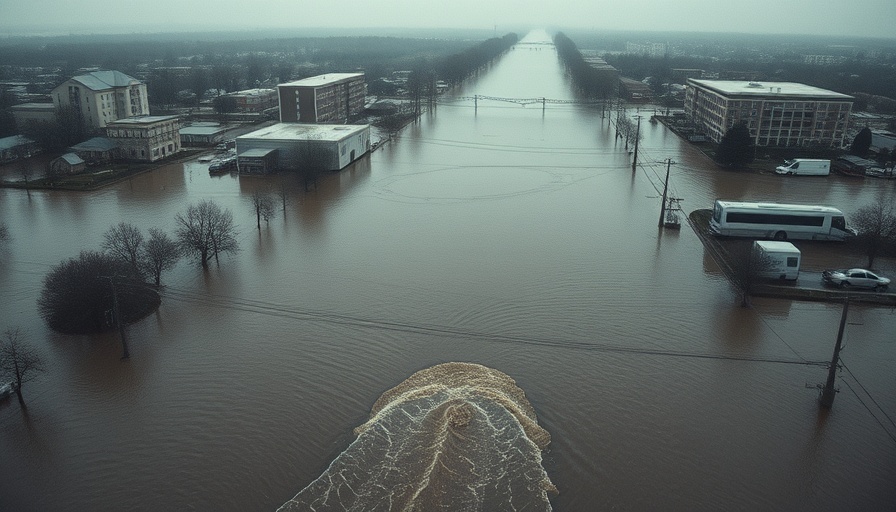
Texas Floods: A Devastating Impact on Communities
In the wake of severe flooding that has claimed at least 43 lives in central Texas, communities are left grappling with the aftermath of this disastrous event. With many residents still unaccounted for, including children from a summer camp, the urgency of rescue operations has heightened. Flash floods, often associated with sudden and chaotic weather patterns, have wreaked havoc across several counties, prompting questions about emergency preparedness and community resilience.
The Scale of the Tragedy
As the search for missing individuals continues, it’s reported that at least 27 campers from Camp Mystic are among those unaccounted for. Official estimates suggest the toll could rise as rescuers navigate flooded areas, searching through debris left behind by raging waters. Areas beyond Kerr County have also felt the wrath of the floods, with additional casualties in nearby Travis and Kendall Counties. Rescue efforts involve more than 850 individuals, showcasing the community's courage and quick response to an overwhelming crisis.
Understanding Flash Floods
The sudden storm that dumped up to 15 inches of rain in a short period is an example of flash flooding tendencies that have become more frequent due to climate change. Experts warn that rising global temperatures contribute to the severity of storms, lengthening the time communities need to recover. Understanding this phenomenon can help in future planning and preparation efforts to manage similar natural disasters.
Emotional Toll on Families and Communities
The emotional weight of this tragedy is felt deeply in affected families and communities. As the search continues, families cling to hope while simultaneously preparing for the worst. The psychological strain is immense, not only for those with loved ones missing but also for rescue teams who bear witness to the devastation. Support networks, including counseling and outreach services, will be invaluable as these communities begin to heal.
Lessons for Future Preparedness
As Texas faces the consequences of this catastrophic flooding, it’s crucial to reflect on what can be learned to improve future responses. This disaster highlights the importance of effective alert systems, better infrastructure to handle rainfall, and community preparedness plans that anticipate such emergencies. Investments in flood control infrastructure and community training can make a difference in how effectively areas respond to similar events in the future.
The Role of the Community in Recovery
Community resilience proves vital as residents find strength in one another during difficult times. Volunteer efforts have surged, with many individuals offering their time and resources to assist those in need. Initiatives to donate funds, food, and supplies are critical in supporting immediate recovery efforts and later rebuilding processes. Engaging local businesses and organizations in recovery plans can also enhance community solidarity and promote long-term sustainability.
Conclusion: The Path Ahead
While the tragedy of the Texas floods is heartbreaking, the resilience shown by individuals and communities can inspire hope. Continuous discussions around disaster preparedness and community support are essential in fostering a more robust response to future crises. As affected families work through their grief, their strength showcases the human capacity to adapt and recover.
 Add Row
Add Row  Add
Add 



Write A Comment